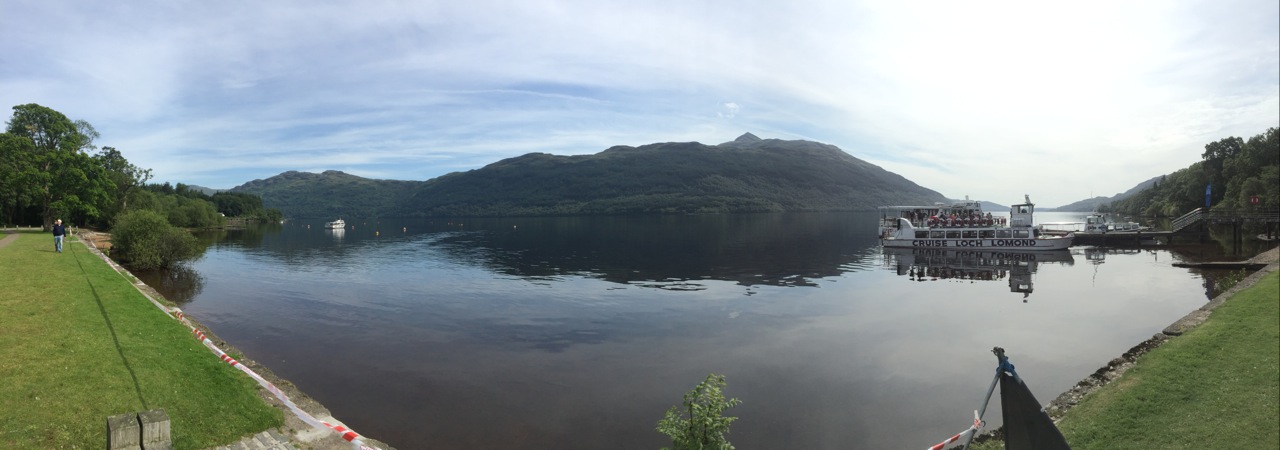As our flight ascended above the thick blanket of smog over Kolkata on the east coast of India, I was excited to be heading north to the remote country of Bhutan, known for its ancient monasteries, multi-colored prayer flags and spectacular scenery.
In just 45 minutes, we would be making one of the world’s most thrilling descents into Bhutan’s international airport, nestled in the Paro Valley between soaring Himalayan peaks.
For years I had wanted to visit Bhutan because its government officially measures national progress by the “Gross National Happiness” of its people. This term was coined in 1971 by the king of Bhutan, but the concept has increasingly drawn global attention.
Unlike other indicators of national progress, Gross National Happiness is a scientifically constructed index that ascribes equal importance to noneconomic aspects of people’s well-being, such as education, health, environmental protection and cultural preservation. The concept is rooted in Bhutan’s history. According to the legal code of Bhutan, dated 1729, “If the Government cannot create happiness for its people, there is no purpose for the Government to exist.”
The Kingdom of Bhutan is a primarily Buddhist country whose population is around 770,000 (about 1/18th the size of the city of Kolkata). Tiny Bhutan is surrounded on three sides by India (population approaching 1.3 billion), while China (population 1.4 billion) borders it to the north.
After we made a flawless landing at the Paro airport we approached the main terminal, which at first it looked like a temple with its curved tiled roof, colorful hand-painted timber-framed windows and whitewashed walls.
As our small tour group made its way through immigration, we met our Bhutanese tour guide named Chen, who would — with grace and humor — treat us to some unforgettable experiences in Bhutan for the next week.
Bhutan, now a constitutional monarchy, opened its doors to tourism only 40 years ago, and it still requires every tourist to be part of a certified tour group. Chen said the government of Bhutan wants to avoid the environmental degradation that Nepal has suffered over the past 50 years due to tourism.
Bhutan’s Gross National Happiness index gives the natural world a central place in the making of public policy, and environmental protection is a core guiding principle in Bhutan’s constitution. As a result, Bhutan has pledged to remain carbon neutral. In 2015, Bhutan is a carbon sink, meaning it stores more carbon than it emits. This is partly because the country has pledged to keep at least 60 percent of its land forested. Currently, more than 70 percent is forested. Bhutan has banned export logging, so that most of its big trees remain standing in the forests, where they sequester carbon from the atmosphere.






















